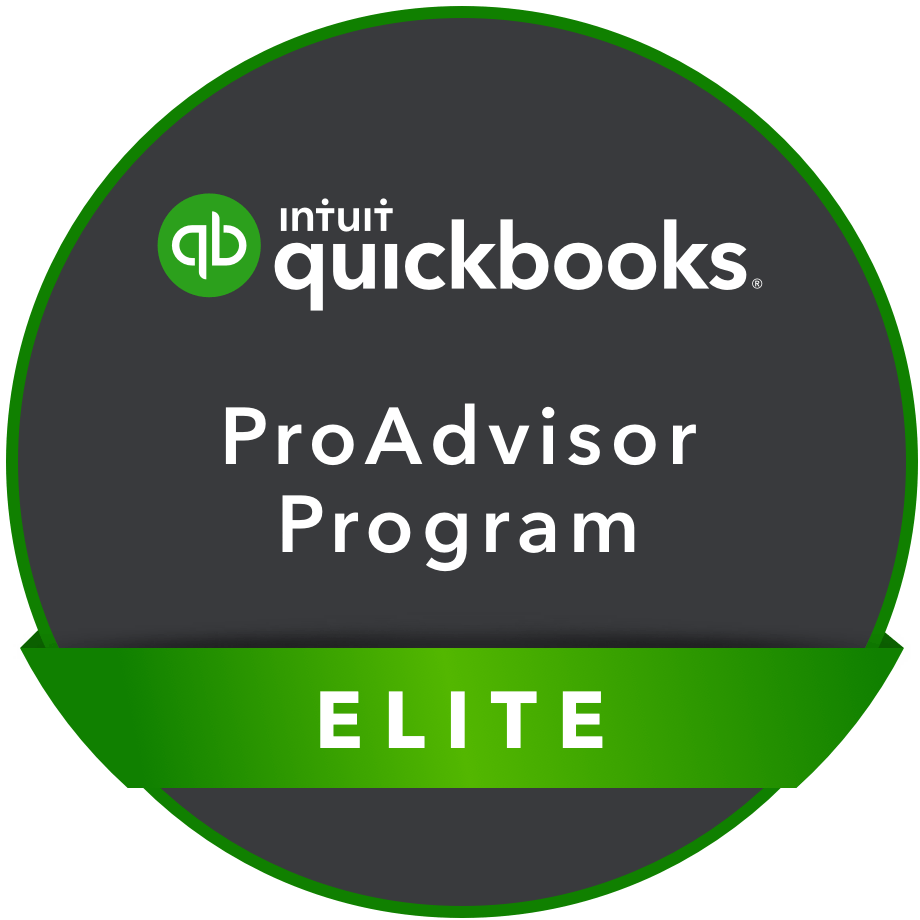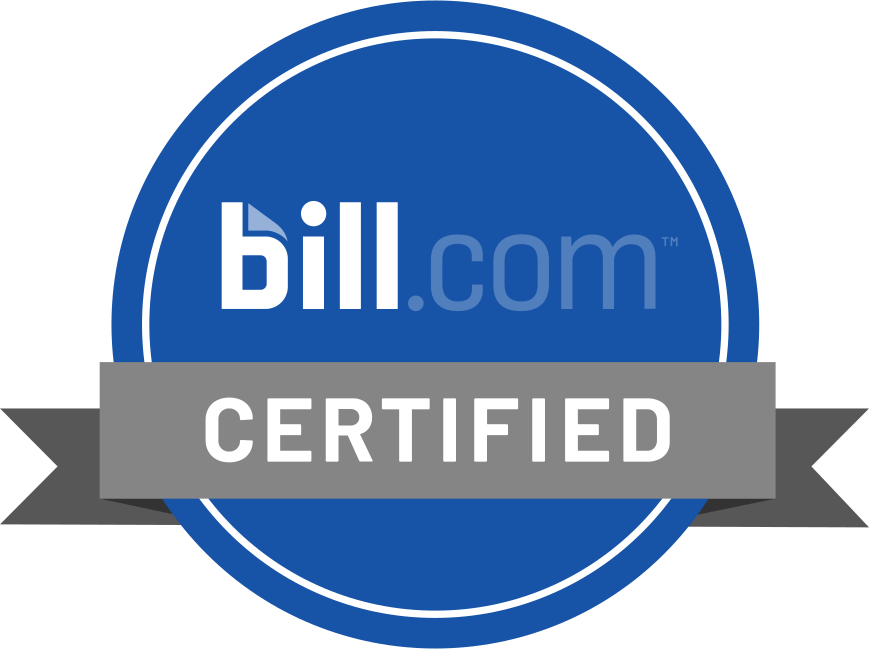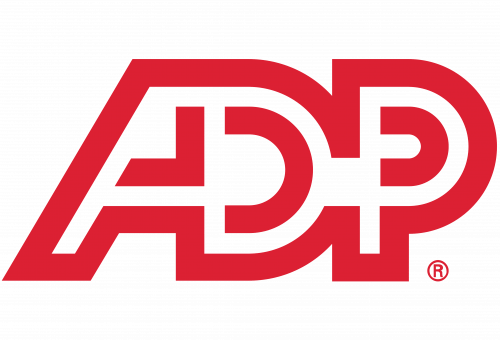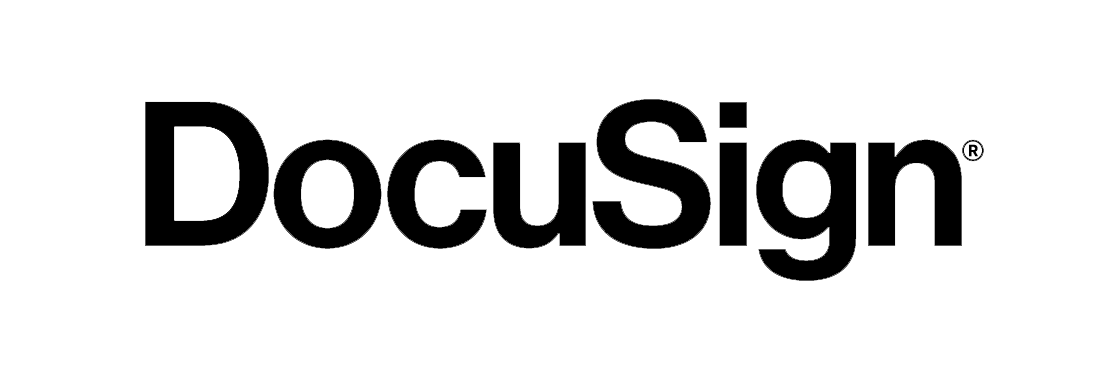Biggest change to retirement plans in decades
The IRS has finalized new rules that significantly change how retirement plan catch-up contributions will work for higher-income earners. These regulations, which stem from the SECURE 2.0 Act, go into effect in 2026 and represent one of the most important updates to retirement plans in decades.
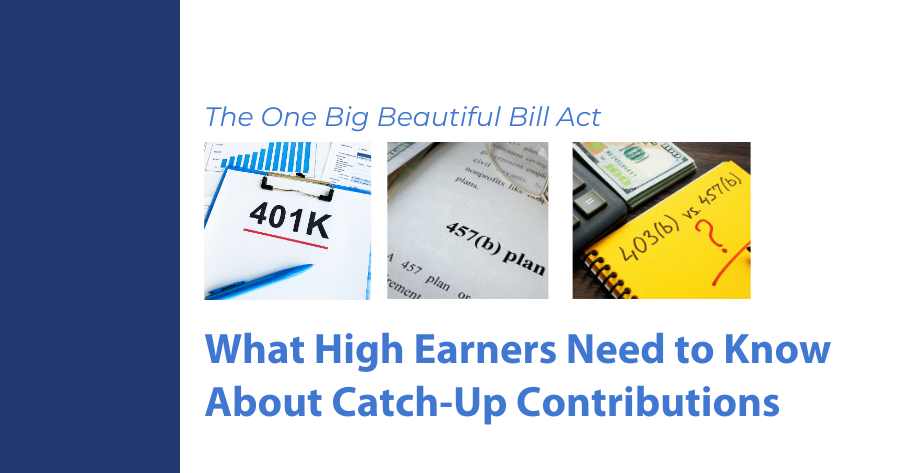
What’s Changing in 2026
Beginning January 1, 2026, if your prior-year wages reported for Social Security (Box 3 on your W-2) exceed $145,000 (adjusted annually for inflation), all of your catch-up contributions must be made on a Roth basis. Pre-tax catch-up contributions will no longer be permitted for these individuals.
In addition, retirement plans may allow higher catch-up contribution limits for participants ages 60–63, giving those closest to retirement a chance to save more.
Why It Matters
For high earners, this is a major shift in retirement planning. If you’re age 50+ and making catch-up contributions, you’ll need to prepare for Roth-only rules starting in 2026. Employers sponsoring retirement plans should begin working with advisors now to update plan documents, payroll systems, and employee communications.
Plan Requirements and Compliance
To comply with the new rules, retirement plans will need to include “deemed Roth election” language. This ensures that catch-up contributions for impacted employees are automatically treated as Roth contributions, unless the participant makes a valid election otherwise.
Plans that do not currently allow Roth contributions will face a choice:
- Add Roth contributions in order to offer catch-up contributions to high earners, or
- Eliminate catch-up contributions altogether for those employees.
The final regulations also outline acceptable correction methods if a plan fails to properly apply the Roth catch-up requirement, along with a few limited exceptions where corrections are not required.
Additional Clarifications in the Final Regulations
- Wage Basis – Catch-up eligibility is determined by the prior year’s Box 3 Social Security wages, not Medicare wages (Box 5). Good faith reliance on Box 5 is permitted through 2026.
- Self-employment Income – Earnings subject to SECA taxes do not count toward the $145,000 threshold.
- Employer Aggregation – Wages do not need to be aggregated between unrelated employers, though common control groups may choose to aggregate.
- Election Timing – Plans with payroll-based catch-up elections are not required to recharacterize contributions that later turn out to be ineligible.
Effective Dates
- The Roth catch-up requirement applies January 1, 2026, with a good faith compliance standard in place through the end of that year.
- The final regulations themselves generally take effect January 1, 2027. Later deadlines may apply for collectively bargained and governmental plans.



